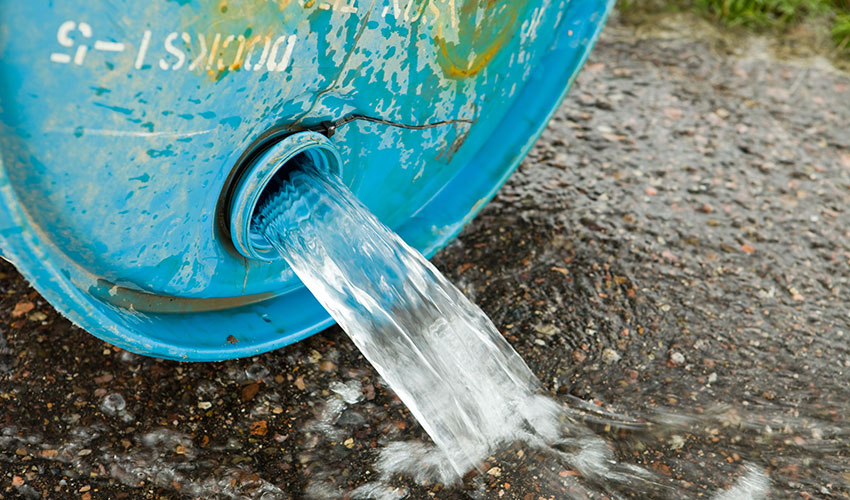5 questions to help you assess environmental risk

Globalization offers businesses of all sizes potential operational benefits and opportunities to expand, but it can also be a source of new and different types of risks. Notably, man-made environmental disasters are a top-10 global risk in terms of both likelihood and impact, according to the World Economic Forum’s Global Risks Report 2019. So it’s more important than ever to take adequate steps to evaluate your company’s environmental risks and establish a customized insurance program to minimize the impact of pollution and environmental damage.
Depending on the nature and geographic reach of your business, managing environmental risk can be a highly complex task. To help you get started in evaluating and strengthening your environmental insurance and services, here are five questions to ask yourself.
-
Do you have gaps in your existing coverage that expose your company to environmental claims?
Your company’s general liability insurance may cover a sudden, one-time incident that releases pollution into the environment, but may leave you without protection for gradual environmental damage. Dedicated environmental risk coverage can help close this gap, as it often structured to provide insurance protection for long-term pollution and contamination potentially even if caused by a previous owner or tenant, as well as defense of associated regulatory actions.
-
Where is your company most likely to have an environment claim?
While a comprehensive environmental risk program should cover all your facilities, you should also evaluate where you may face the greatest risks. Which operations have the potential to cause environmental damage and which regional regulations pose compliance risks?
-
What are the most stringent environmental regulations your business faces—including minimum insurance levels?
Environmental compliance requirements vary widely across the globe, as do minimum mandated insurance levels for environmental damage. Furthermore, the failure to meet requirements in one region can also have financial, operational, and reputational consequences elsewhere. Understanding local operational rules is critical to remaining compliant worldwide. Make sure your insurer can provide deep and wide geographic expertise, including on-the-ground local specialists to help you meet regional compliance and insurance requirements.

-
Is your company exposed to legacy contamination liability?
It’s important to learn about the historic use of your sites and facilities—so you can identify potential contamination caused by a previous owner. Your environmental risk management program should account for the fact your business could be held liable for such legacy contamination.
-
Does your insurer offer crisis management support as part of its services?
Today’s 24/7 news coverage and social media can amplify the impact of environmental disasters. When an environmental disaster occurs, your company must often do more than just address actual damage to the environment. You must also take steps to contain damage to your reputation—even if the environmental harm was caused by another party. If your business faces environmental risks, it should prepare and regularly update a crisis management plan that includes steps to respond to damage, protect your reputation, and ensure business continuity. Consider seeking out an insurer that supports crisis management planning and operations.
The value of incident prevention
Reducing damage, minimizing costs, and managing claims after an incident has occurred are just part of any comprehensive environmental loss-control program. The most important step is to evaluate your operations, analyze specific projects, and determine actions that can reduce environmental risks. Find an insurance company that can help you understand local environmental regulations and provide access to engineers and other experts to strengthen your ability to prevent environmental damage in the first place.
This document is advisory in nature and is offered as a resource to be used together with your professional insurance advisors in maintaining a loss prevention program. It is an overview only, and is not intended as a substitute for consultation with your insurance broker, or for legal, engineering or other professional advice.
Chubb is the marketing name used to refer to subsidiaries of Chubb Limited providing insurance and related services. For a list of these subsidiaries, please visit our website at www.chubb.com. Insurance provided by ACE American Insurance Company and its U.S. based Chubb underwriting company affiliates. All products may not be available in all states. This communication contains product summaries only. Coverage is subject to the language of the policies as actually issued. Surplus lines insurance sold only through licensed surplus lines producers. Chubb, 202 Hall's Mill Road, Whitehouse Station, NJ 08889-1600.
